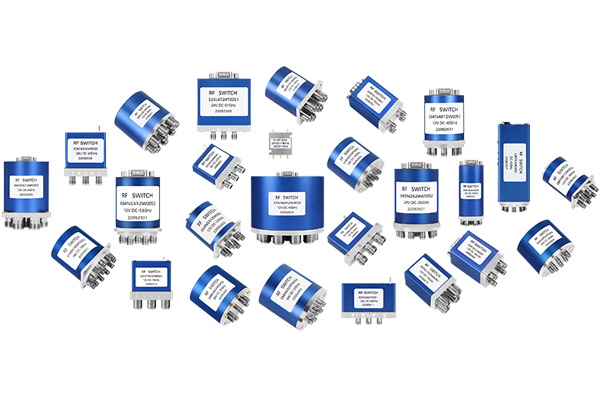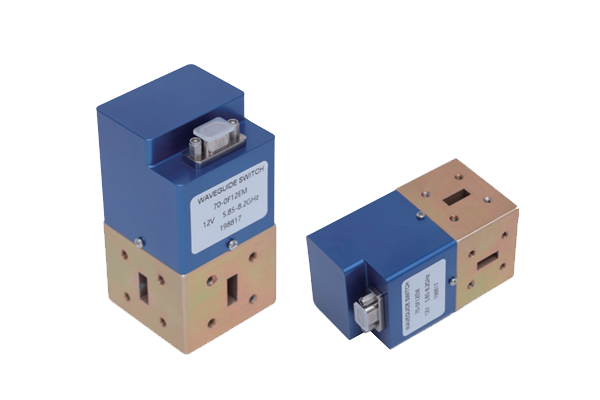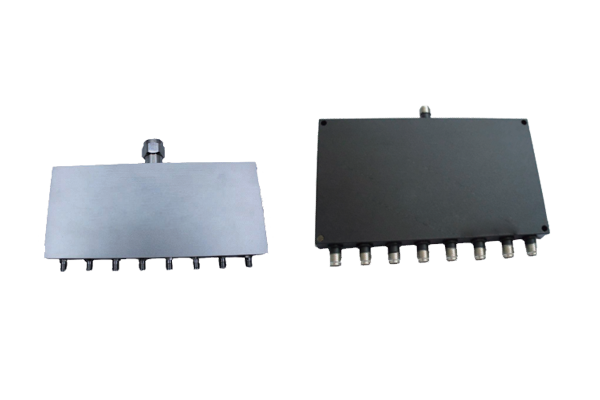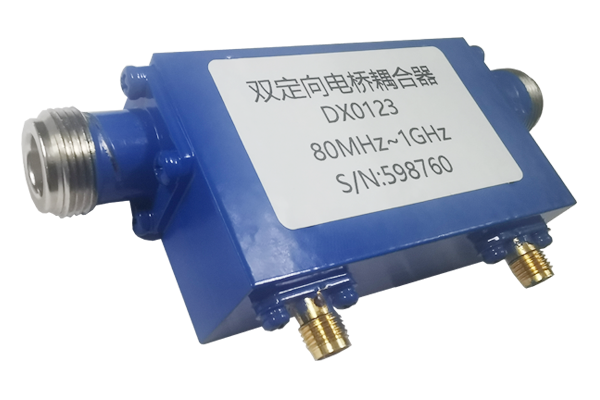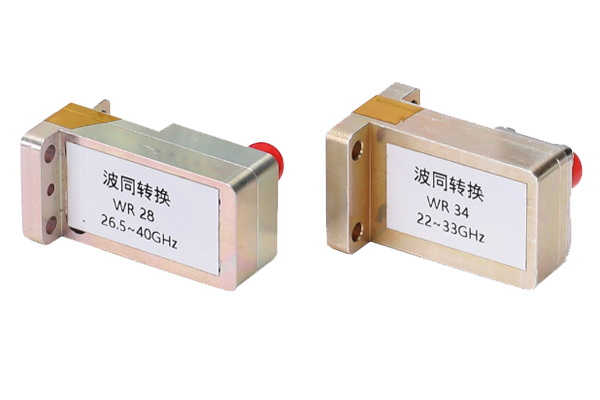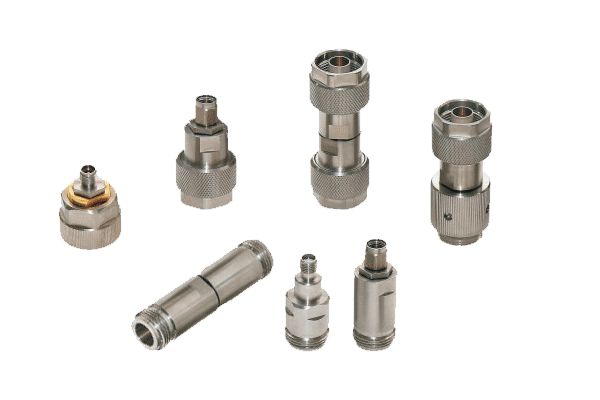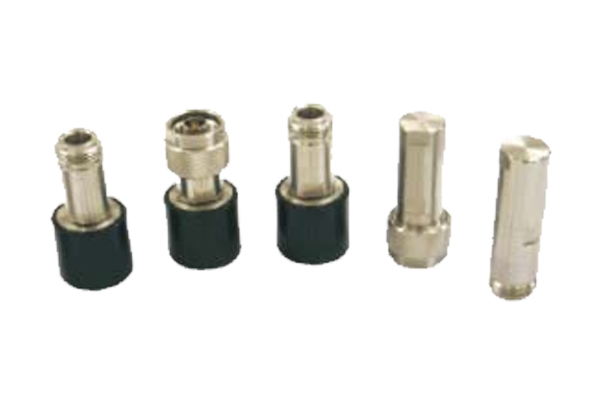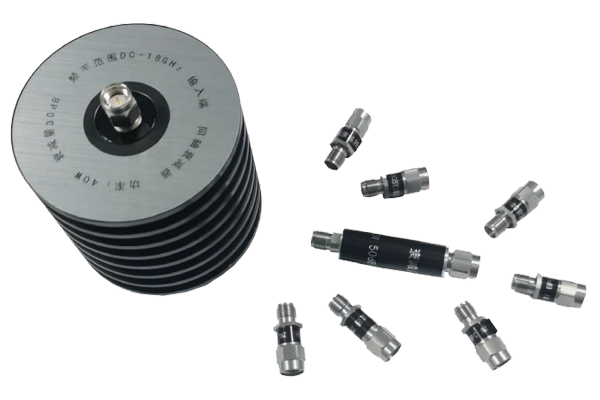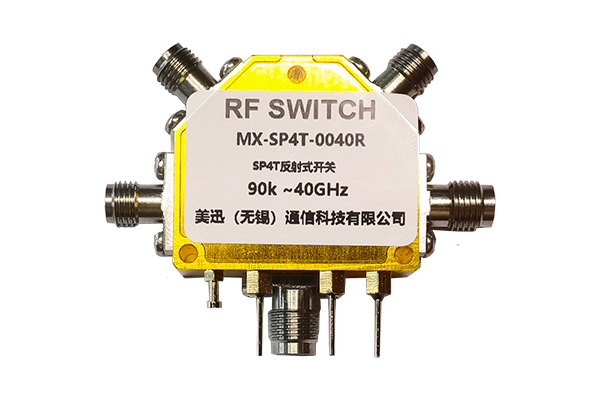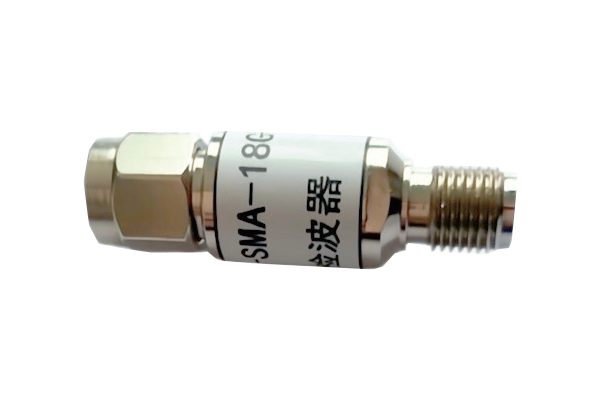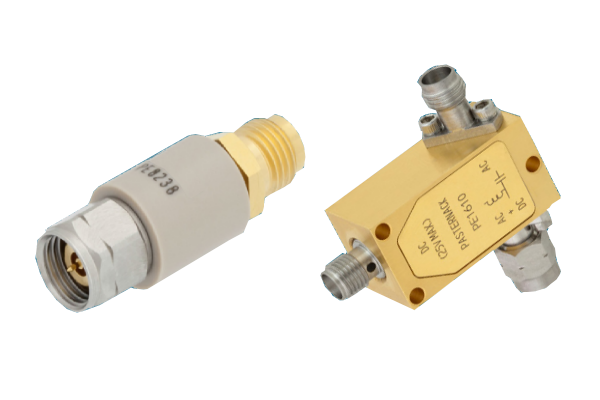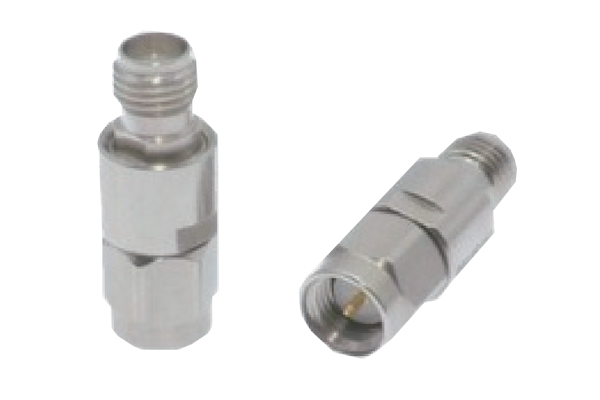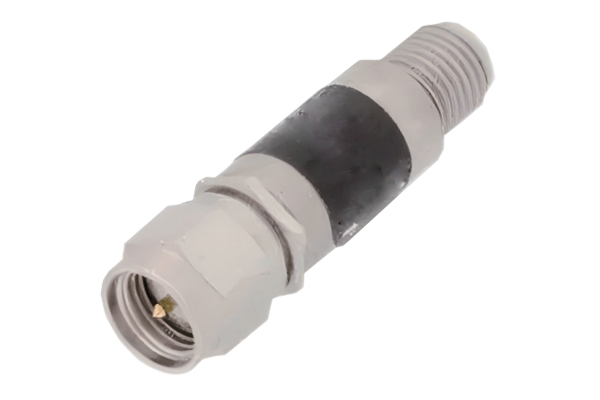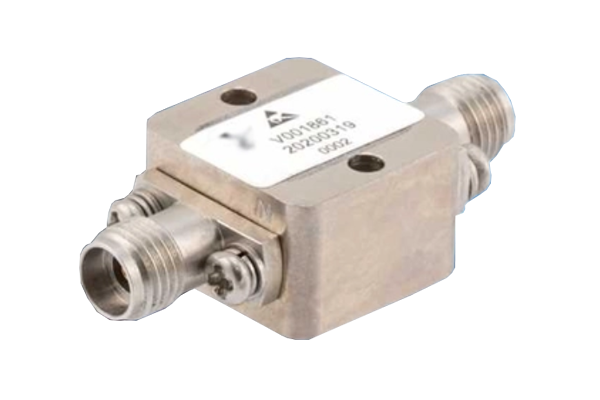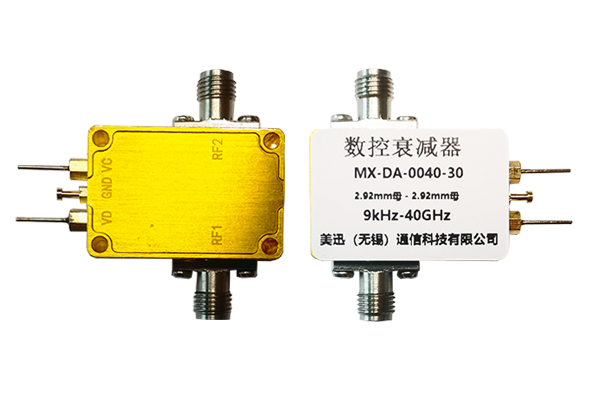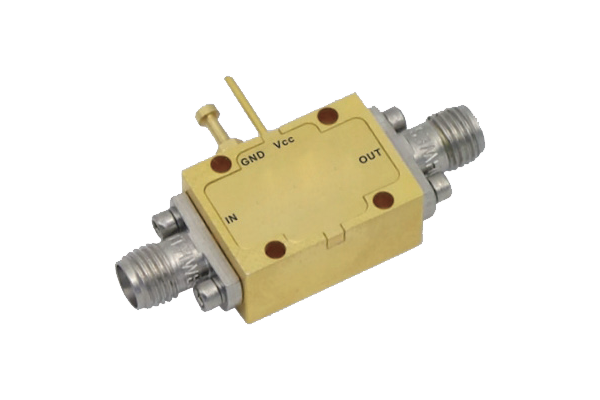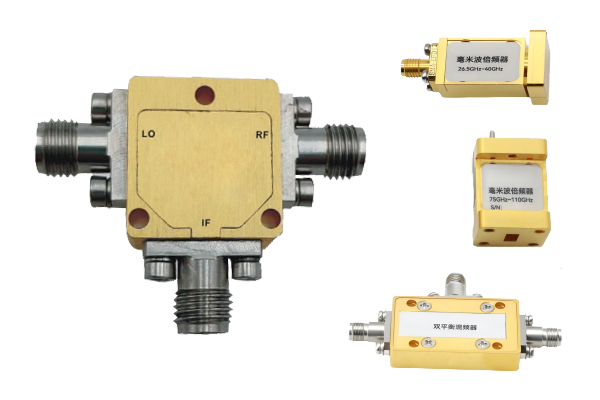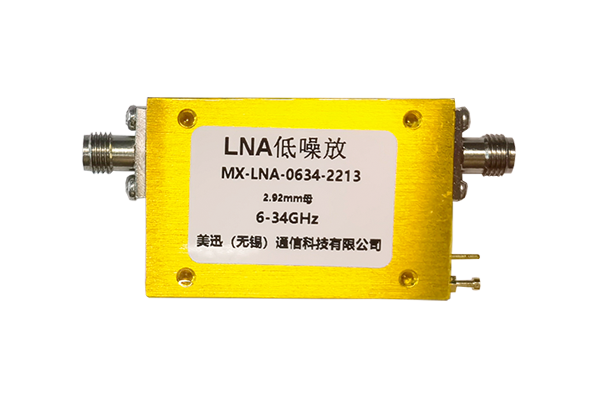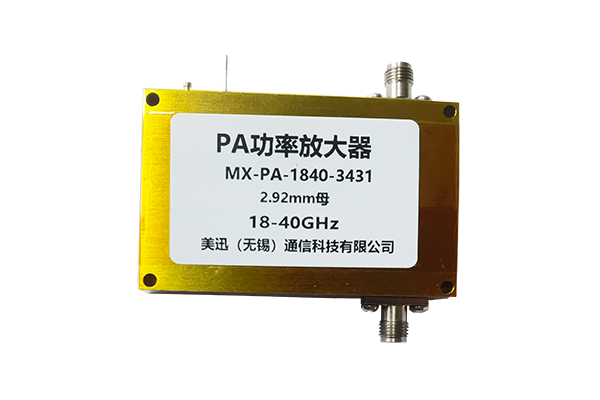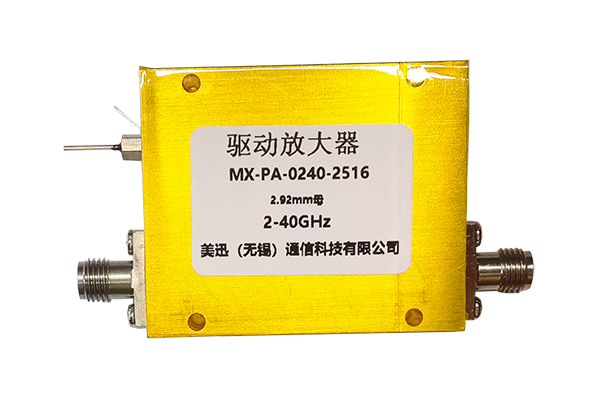How to test the performance of the Directional coupler
Coupler Performance Testing Procedures
1. Testing Signal Transmission Performance
-
Connect the signal source to the main input end of the coupler
-
Connect the power meter to the main output end and the secondary output end respectively
-
Compare the power difference between the input signal and main output signal to determine if the insertion loss is within reasonable range
-
Observe the power of the secondary output signal to evaluate if the coupling degree meets design requirements
-
If main signal attenuation is too large or no secondary output signal exists, it indicates abnormal signal transmission
2. Detecting Directionality
-
Requires a bidirectional signal source
-
First inject signal into the positive input end and record secondary output power
-
Then connect signal source to reverse input end and measure secondary output power
-
The difference between measurements is the directionality index (larger difference indicates better directionality)
-
If difference is too small, the coupler cannot effectively distinguish signal direction (reverse signal interference problem)
3. Verifying Frequency Characteristics
-
Perform tests at different frequencies, adjusting signal source frequency from low to high
-
At each frequency point, measure:
-
Main circuit insertion loss
-
Coupling degree of auxiliary circuit
-
Isolation degree
-
Draw curves showing how each indicator changes with frequency
-
Determine if coupler maintains stable performance within designed frequency range
-
Significant deviation in any frequency band indicates abnormal performance
4. Checking Mechanical Structure Performance
-
Conduct through appearance inspection and environmental testing
-
Check for:
-
Shell deformation
-
Loose, worn, or damaged interfaces
-
Unobstructed heat dissipation structure
-
Place coupler in vibration or extreme temperature environment
-
Retest electrical performance after environmental exposure
-
Significant parameter changes indicate mechanical structure or material stability issues



